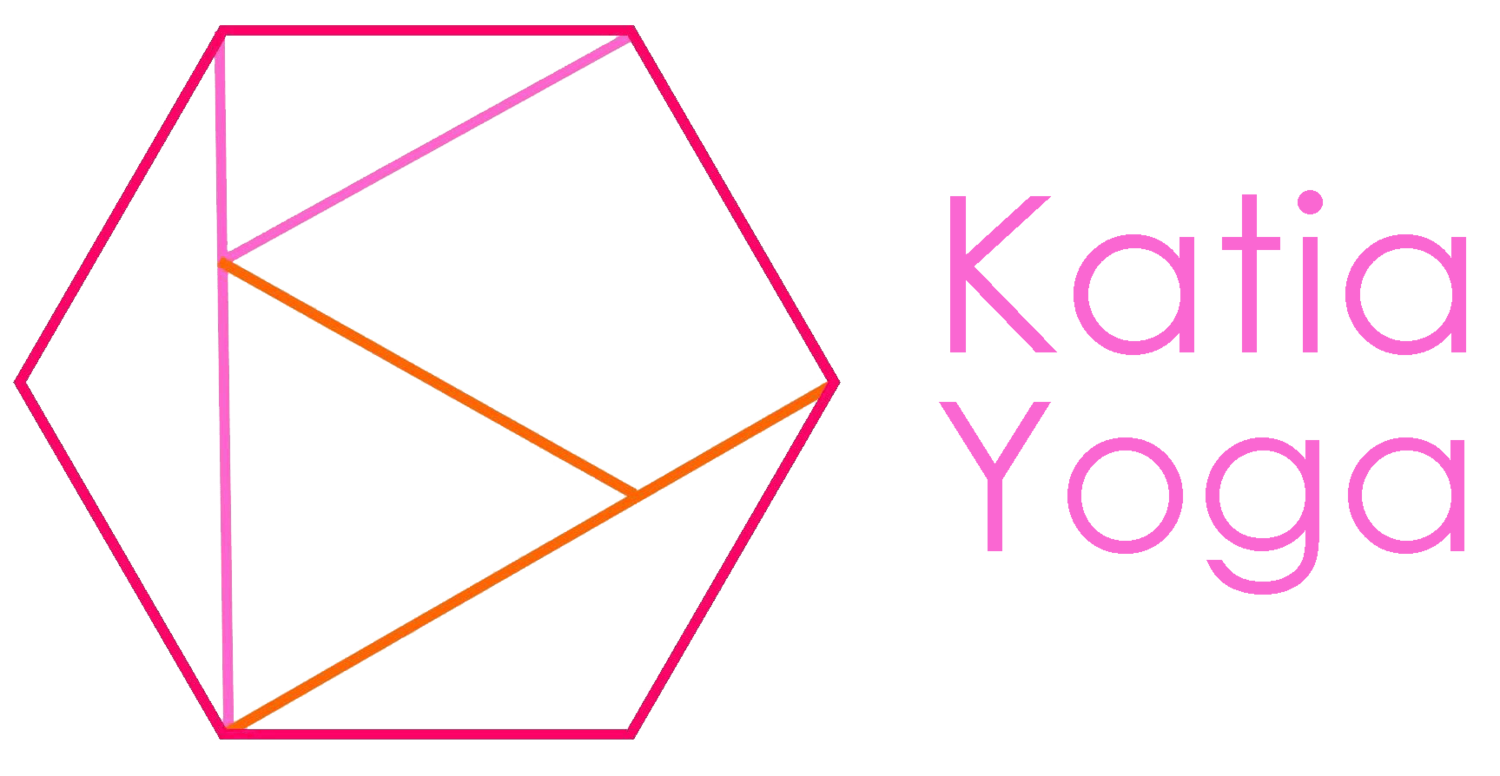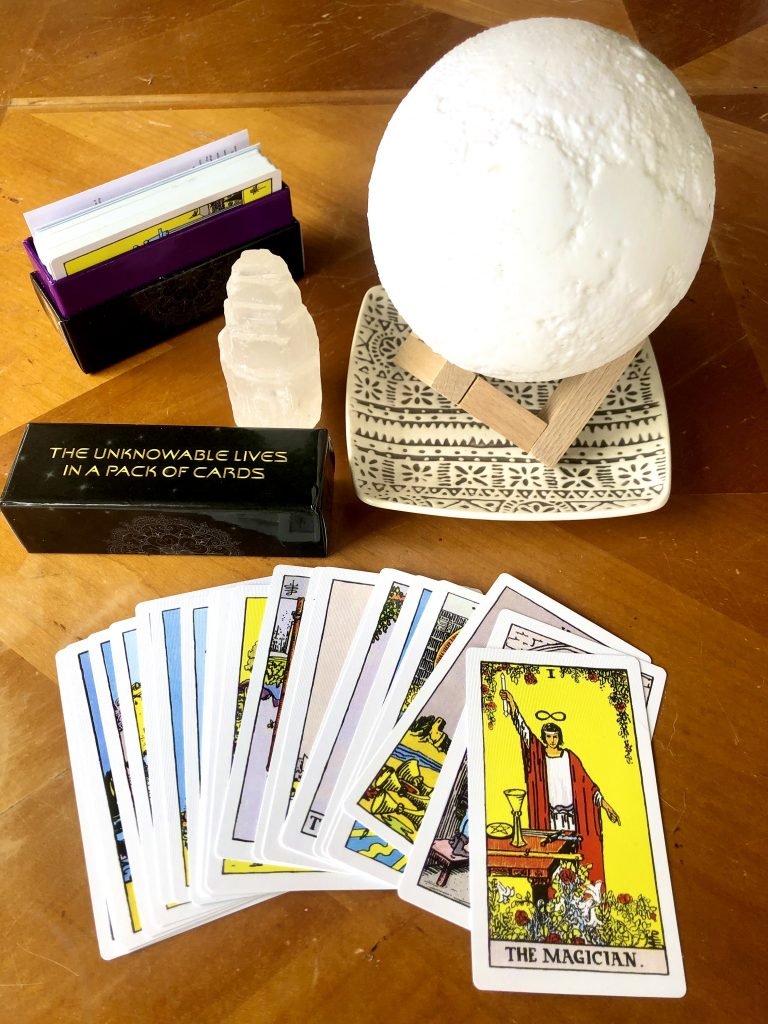Tarot: where to begin
I like to pull a tarot card in the morning to get a glimpse into the tone for my day. It's sort of like looking at the moon phases, but a little less predictable. Your day could turn out in a different way, but I find it fascinating to see what the tarot predict. Here are some ideas for getting started on your journey with tarot.
Mala and candles from my Etsy shop
Origins
The exact initial origins of tarot are unknown, but they can be traced back to the mid-15th century in Europe. It started using a standard deck of playing cards, which is part of the reason there are sort of suits in the tarot deck: swords, cups, pentacles, wands, and the major arcana. The first 4 suits have 14 cards each: aces-10s, pages, knights, queens, and kings, similar to a deck of cards. The 22 major arcana cards are stand-alone cards.
I've read and heard that it's best to start with a Rider-Waite Smith deck of tarot cards. The symbolism in them is very clear as they cards depict a great deal of their meaning. They were drawn by Pamela Colman Smith, aka Pixie, who was Arthur Edward Waite's wife (co-creator of the Rider-Waite deck who also wrote The Key to Tarot). The Rider-Waite-Smith deck is the first one to illustrate all of the cards, not just the major arcana.
Of course, you can choose any deck that calls to you! It doesn't have to be this one. It's recommended that if you don't get an original Rider-Waite Smith deck that you choose one to begin that's based on the symbolism of these cards.
Oracle cards are a sort of gateway to tarot. There are often fewer of them and they are not steeped in history in the same way. The artist who created them likely infused them with meaning and value, but they don't have the same tradition and lore. They can be very beautiful and appealing though!
Clearing your deck
First you want to clear your deck so that its energy and your energy bond and no other extraneous energies interfere. There are a few different ways you could do this.
You could sage your deck, passing each card with the smoke.
You could leave them out under a full moon- this is also a good way to clear crystals. I learned this in my reiki retreat (and you could also reiki them if you've been attuned).
You could play a singing bowl over them. The vibrations are said to have clearing effects.
You can bury the deck (in a plastic bag) in salt
You could knock on the deck 3 times to clear them and simultaneously activate them
You can blow on the deck to remove bad luck and bring good luck
Meditation is another effective method. You can charge your meditation with the question or direction you're planning to use the deck for. You can imagine a ball of light or wind clearing away anything unwanted
Bay leaves (which are good for wisdom and protection) are good to pack with your deck too.
You could store your cards with selenite (a stone for peace and inner harmony that pushes you to be your best self AND clears, opens, and activates your crown chakras AND is good for spiritual work). A crystal on top of the deck is a good way to protect them. Other crystals that are good to keep with your deck are clear quartz, black tourmaline, and amethyst.
You can redo your cleansing if anyone else touches your deck, if you feel like your readings aren't providing effective results, or if you want to reconnect with the deck for any other reason.
Getting to know your tarot deck
If it's your very first deck, flip through the cards and just observe them and feel them. See what sorts of vibes you get from the different cards. They have personalities and moods all their own.
To get really well acquainted, I've heard you should sleep with your deck under your pillow.
You could also interview your deck by asking it questions, like "Is it ok if someone else uses this deck?" or "Should I read reversals in this deck?" (that's when the card comes out upsidedown and it has a different meaning). You can get an answer from pulling cards and seeing if it's. a positive or negative.
Pick a card, any card
As you're getting to know your deck- start with one card at a time. Check in daily by pulling a card. See how it makes you feel and what you notice before you look at the cheat sheet to see what it traditionally means (My Rider-Waite Smith deck came with a brief description of each card and a few spreads to try). Your intuition may be more powerful than you think! To learn more about what each card means, visit tarot.com. To further connect and remember each of the 78 cards, try journaling about what you drew and how it manifested during the day. It helps to connect the depiction and the meaning for your next drawing.
My cards
So far, my cards have manifested in interesting ways! I'm sure there's more to interpret than this, but here's a brief overview, primarily related to my work life.
I asked the deck about a new job possibility and I received the death card: it would have been a complete change of path for me: an end to my old career and a new beginning.
I drew wheel of fortune and ended up applying to a job I'd been considering after noticing a coworker filling out the application for the job I wanted (that we could both do) and it was due the next day! I started applying immediately.
I drew the page of wands on a day when I wanted to try a new soap recipe. It's a card for starting new projects.
I drew the 2 of swords on the day I told my boss I don't plan to continue my current job next year. It's a card of conflict resolution and decision making.
Suits
The major arcana hold deeply meaningful spiritual lessons. They describe theme's in your soul's journey. The fool is the main character in tarot and he travels through the other cards learning lessons from them.
In general, the minor arcana (or pips) are more fleeting and describe your day-to-day life. They can be significant in describing the way you should take on tasks to reach your goals.
Swords describe your thoughts, words, and actions.
Cups relate to your feelings, emotions, intuition, and creativity.
Pentacles tell you about your finances, work, and material possessions.
Wands express your energy, motivation, and passion.
Next steps
Consider a course or book that calls to you.
Learn about more spreads and ways the meanings of cards intermingle when you draw more than one.
Popular techniques to look into:
Single card: yes/no
Either or: pull one card to represent both options
Three-card reading for past, present, and future
The week ahead: pull 7 cards, one for each day
Tarot: getting your first deck, clearing your deck, getting to know your deck, a brief overview of card meanings, historical origins, and more




